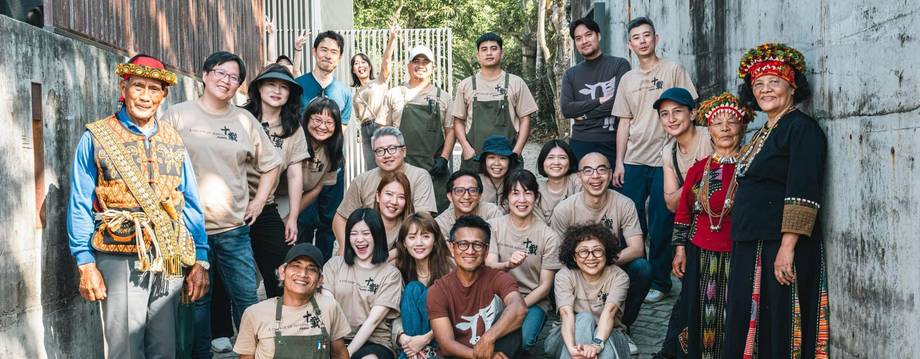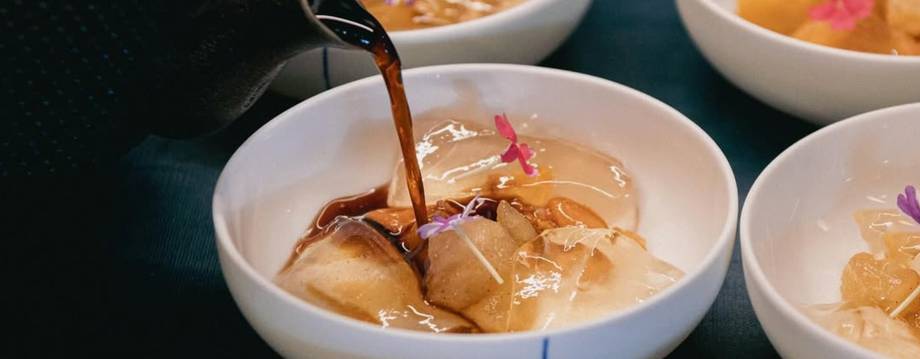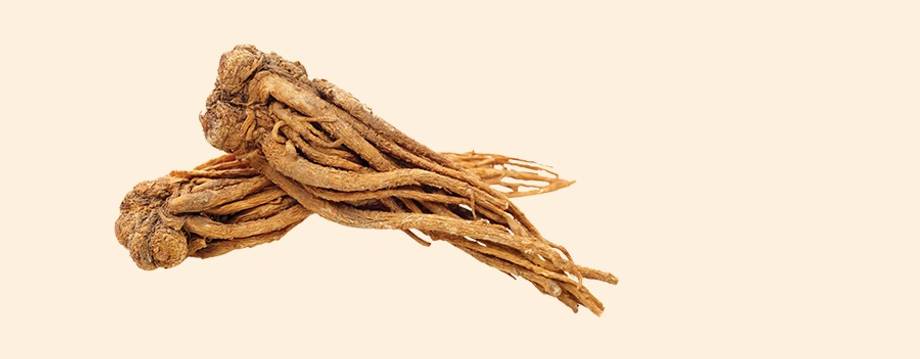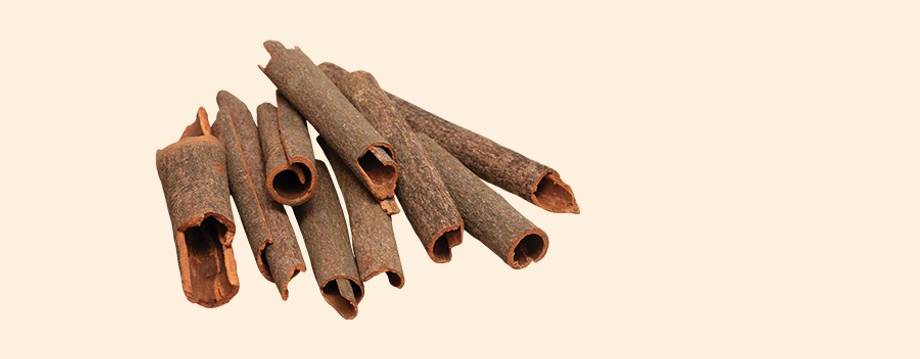Deep roots
Laura Hadland speaks to Alex Peng, chef de patron of world-renowned restaurant, AKAME, about Austronesian cuisine and endemic Taiwanese flavours
Laura Hadland
Saturday 31 May 2025

This article is from
Taiwan
issue 118
Share this article
Taiwan was home to Austronesian peoples long before migrants from other countries began arriving there in the seventeenth century. Today making up less than 2.5% of Taiwan’s population, there are 16 indigenous tribes officially recognised by the government, each with its own language, customs and tribal structures, as well as unique connections to food and agriculture. The principal crop of the Rukai, for example, is Foxtail millet, celebrated annually in their Millet Harvest Festival. The economy of other tribes revolves around crops like sweet potatoes and taro.
Native communities have helped to preserve and propagate many species of endemic plants in Taiwan. Understandably, aboriginal cuisine makes good use of seasonal and organic ingredients, with each tribe having its own regional pantry drawn from the local environment.
Surprisingly, if you visit Taipei, you will be hard pressed to find a high-end restaurant that showcases Austronesian cuisine. Excellent indigenous restaurants do exist, but generally far away from the capital. They reside in the mountains or along the east coast. Perhaps the most famous is Akame, which sits within Pingtung County, close to the Taiwan Indigenous Peoples Culture Park. It is a remote location, hard to reach without access to a vehicle.

PHOTO: Alex Peng, chef-patron at Akame © Akame Restaurant
The site was chosen by Chef-Patron Alex Peng, who worked in Singapore with some of the best in the business before deciding to return to his roots and open a restaurant in the Rukai village of Kucapungane.
“Akame has always hoped to bring Taiwan’s ingredients and cuisine to the forefront,” says Alex. “Allowing the flavours from the mountains and forests to step out of the tribes and reach further places. We firmly believe that cooking is not just a way to fill one’s stomach, but also a form of cultural expression and heritage. Each ingredient carries a deep connection between the tribe and the land.”
Many of the plants used by Chef Peng are wild or semi-wild (notionally cultivated) and only found in remote areas by those in the know. For that reason, the menu is à la carte and changes a little each day, according to which elements are available. The available protein remains fairly consistent throughout the year. Akame makes use of beef, goat, deer, black pork, and chicken. Much of this meat is farmed, as hunting for sale is prohibited.
The main cooking techniques of the Rukai tribe, and therefore those employed at Akame, are grilling, smoking, stewing and brewing. “These methods emphasise a natural, unadulterated taste, and a traditional way of life,” says Chef Peng.

PHOTO: Akame Restaurant
At Akame,
- Grilling involves the use of wood or an open fire to grill meats such as wild boar or deer, preserving their original flavours and imparting a smoky taste.
- Smoking preserves meat and fish and adds a distinctive flavour.
- Stewing means simmering meats and wild vegetables together to make soups that embody the natural flavours of the ingredients.
- Brewing means fermenting local grains or fruits to make alcoholic beverages, often used in celebrations.
That traditional approach is mirrored in Akame’s design. The space is “composed with materials and language that are closest to the land”. Solid wood tables, stone-patterned walls, warm lighting — they all give a sense of gathering to share food and stories around a fire in the mountains.
Tableware follows the same pattern. There is pottery, wooden bowls and stone slabs for food service, but also the everyday items used by the Rukai, such as leaves and bamboo tubes. The staff share stories of each dish as they are served. Not just how they are prepared or how the elements were sourced, but the culture or memory behind it all.

PHOTO: Akame Restaurant
Akame celebrates its tenth birthday this year. It is a small restaurant, welcoming two sittings of 19 guests each evening. Clients are predominantly visitors from out of the area.
Alex continues: “We know that most of the people who come to Akame are not from the tribe — some come from various cities in Taiwan, while others come from Hong Kong, Japan, and even Europe. This diverse clientele naturally influences how we design our menu. When creating dishes, I often ask myself, ‘if I use Rukai-preserved meats or yams grown by tribal grandmothers, how can I help guests from cities or even other countries understand and feel the warmth of these ingredients?’
“Our dishes are not about replicating tradition, nor are we trying to please guests. Instead, we aim to express the ingredients and spirit of the tribe in a new language. It’s a constant process of fusion, continuously giving indigenous dishes and Taiwanese ingredients different layers and combinations so that guests can truly ‘ingest’ not just the flavours, but also the cultural context behind them.”

PHOTO: Akame Restaurant
There were some mild concerns in the local community when the restaurant opened. It represented a very different pace of life to what the tribal people were familiar with. But as they observed that Akame was truly dedicated to offering a public platform for elements of indigenous heritage like pottery, knives and smoking, it was gradually accepted.
Looking forward, Alex aspires to bring Rukai culture to an even wider audience with a new collaborative restaurant in Taichung, Taiwan’s second largest city. Here, he plans to create simple new dishes using indigenous spices, continuing to play with flavours that tell the unique story of his heritage.
Notable dishes of Taiwan’s indigenous tribes
- Cuo bamboo tube — The Cou (Tsou) people soak Makino bamboo in water before filling it with glutinous rice and roasting it. The bamboo adds aroma as well as preventing the rice from burning.

- Atayal wild boar sausage — Mountain boar meat is cured with maqaw and made into sausages that are cooked over an open fire.

- Paiwan cinavu — Millet, glutinous rice or powdered taro is wrapped with meat in the edible leaves of Khasya Trichodesma, which is a member of the borage family. This is a celebratory food, made for special occasions like festivals or weddings.

Nature’s Bounty
Taiwanese flavours are distinctive but are you familiar with ingredients native to the island?
Maqaw, known as ‘mountain pepper,’ is made from the dried seeds of the Mountain Litsea plant, but the berries and flowers are also suitable for cooking. It has been used for flavour and as medicine by the Atayal tribe of north Taiwan since antiquity and its use has spread to many other tribes on the island in the intervening centuries. Maqaw offers a peppery taste with notes of ginger and fresh lemon and is used in both meat and seafood dishes.
In the absence of a reliable source of salt, tribes like the Tsou and Rukai adopted Maqaw as a substitute. The spice is recognised as a Slow Food Ark of Taste, which records how the communities have preserved this traditional product and aspires to raise awareness of them.

Tana, the Ailanthus prickly ash, grows in the mountains at altitudes between 500m and 2000m. It has the nickname ‘birds don’t step’ due to the thorns on the tree's stems and leaves. Indigenous people cultivate tana through regular pruning so that the new shoots are generated at a lower height, making them easier to harvest. The leaves of a cultivated tana are pricklier than its wild siblings and have a more pungent taste, creating them a more effective seasoning.
All parts of the tana have culinary uses. The leaves provide a lemony, piquant aromatic to stuff fish or use in soup, while the seeds are more delicate in flavour and offer aromas of clove and jasmine, suitable for enhancing desserts.

Herbal Aralia grows at high altitude in the mountainous area of central Taiwan. It is a part of the ginseng family of plants. The whole plant is edible, but the fragrant shoots and leaves are favoured by indigenous people to use, for example, in soups and stir-fried egg. The leaves can also be dried and added to spice blends.

Mountain Angelica Sinensis, the root, known as Chinese angelica or Dong quai, is a member of the celery family and grows at high altitudes. It can be sliced and used as a vegetable but is most often found in a chicken soup given to recuperating new mothers. The nickname for Dong quai is ‘women’s treasure’ — it is anecdotally said to be effective in combatting symptoms of the menopause.

Indigenous Cinnamon, unlike the Ceylon cinnamon that we are used to, Taiwanese cinnamon is prized for its aromatic leaves, rather than its bark. Cinnamomum osmophloeum is milder than Ceylon cinnamon bark. It has a spicy note and a nuance of vanilla and candy. Using the leaf gives a little more flexibility for cooking and most often indigenous cinnamon is used within savoury dishes.

Share this article

